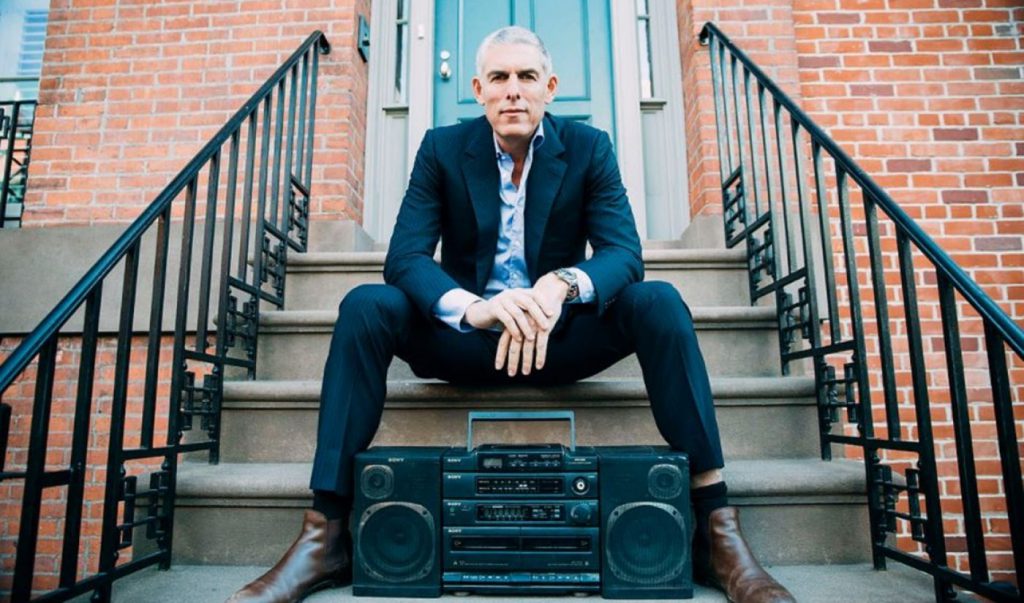June 3, 2021
Could YouTube catch Spotify in future to become the music rights industry’s No.1 royalty payer?

By: Music Business Worldwide
The race is on!
Earlier this year, at his Stream On event, Spotify boss Daniel Ek announced that his company paid out over $5 billion to the music industry in 2020.
According to a new information revealed by YouTube today (June 2), the Alphabet-owned platform appears to be fixated on chasing down its Swedish rival.
In a fresh newsletter sent to the music industry, YouTube’s Global Head of Music Lyor Cohen confirmed that YouTube paid artists, songwriters, and rights-holders over $4 billion in the last 12 months – money derived from both YouTube ads and YouTube Music / YouTube Premium subscriptions.
Cohen clearly had his eyes on Spotify’s No.1 position: the YouTube exec states that the Alphabet-owned platform’s goal is now “to become the leading revenue generator for the music industry”.
Additionally, Cohen says that YouTube added more paid ‘members’ in Q1 21 than in any other quarter since launch.
Today’s news follows a prior announcement from YouTube that it paid the music industry over $3bn in 2019 – equivalent to 20% of its annual ad revenue.
YouTube’s latest payout stats come just three months after we learned that the platform (across all of its videos, music included) generated $19.78bn from advertising across the course of calendar 2020.
This means that, over the past 12 months, YouTube once again paid the music industry equal to approximately 20% of what it earned in ad revenue last year across its platform.
Cohen also writes that YouTube is “continuing to innovate with direct-to-fan products” including ticketing, merch, memberships, paid digital goods, and paid-for virtual events.
He cites BLACKPINK’s paid virtual concert, THE SHOW, as being particularly successful, having sold around “280,000 channel memberships across 81 countries”.
The virtual event, which took place on January 31, was exclusive to the group’s official YouTube channel and offered two access tiers.
Standard access cost $29.99 for the livestream, rebroadcast and custom emojis, while the ‘Plus’ access cost $39.99 for the livestream, rebroadcast, custom emojis and behind-the-scenes content.
If all 280,000 ‘memberships’ were purchased at the standard rate, the group would have therefore generated at least $8.4m from the one-off virtual event.
The show also earned the group 2.7 million new subscribers to their official artist channel, according to Cohen.
“AS A VISUAL-AUDIO PLATFORM, OUR GOAL IS TO BECOME THE LEADING REVENUE GENERATOR FOR THE MUSIC INDUSTRY AND TO HELP ARTISTS AROUND THE WORLD BUILD A CAREER MAKING MUSIC.”
LYOR COHEN, YOUTUBE
Last month, parent company Alphabet reported in its Q1 results that YouTube generated $6.005 billion from advertising in the three months to end of March this year.
This figure was up by nearly $2 billion, or by 49%, on the $4.038 billion YouTube generated in the same period of 2020.
MBW noted last month that if YouTube can maintain that +49% growth across the course of 2021, it will turn over more than $29 billion this year.
In YouTube’s submission to the UK’s DCMS Select Committee’s inquiry on the Economics of Music Streaming, the platform confirmed that it had paid out a lifetime total of $12 billion to music rightsholders from its advertising and subscription businesses as of January 2020.
Today’s $4bn-plus news therefore suggests that YouTube’s lifetime payout has now surpassed $15 billion, and likely surpassed $16 billion.